Exploring a Middle Eastern store can be an exciting adventure full of unique flavors and cultural treasures. Whether you’re new to these markets or a seasoned shopper, knowing what to buy can enhance your experience. Here’s a guide to 12 must-have items that will infuse your kitchen with vibrant Middle Eastern aromas and tastes.
Za’atar Spice Blend
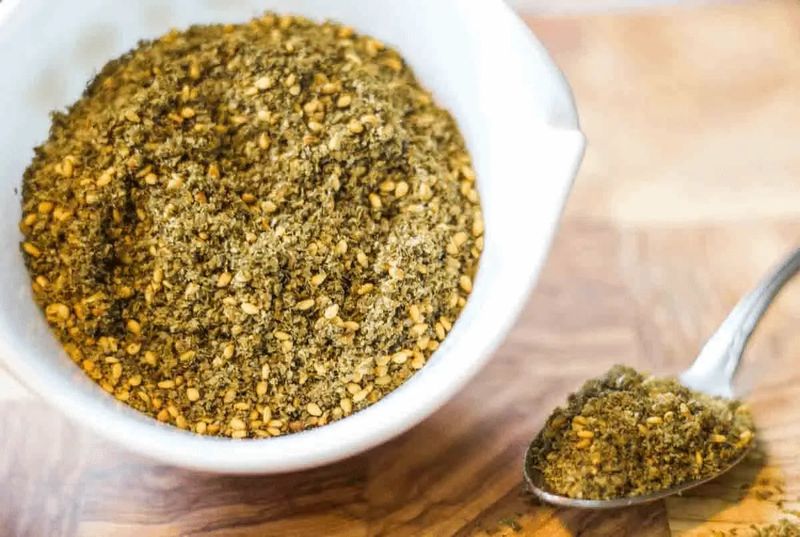
Za’atar is a cornerstone of Middle Eastern cuisine, blending dried thyme, sumac, sesame seeds, and salt. This aromatic mixture transforms plain dishes into something special. Imagine the earthy aroma wafting through your kitchen as you sprinkle it on warm flatbread drizzled with olive oil.
Perfect for seasoning meats, vegetables, or even popcorn, za’atar invites creativity. Each bite carries a taste of tradition and history, connecting you to the rich culinary heritage of the region.
This spice blend not only adds flavor but also a touch of Middle Eastern culture to your meals.
Pomegranate Molasses
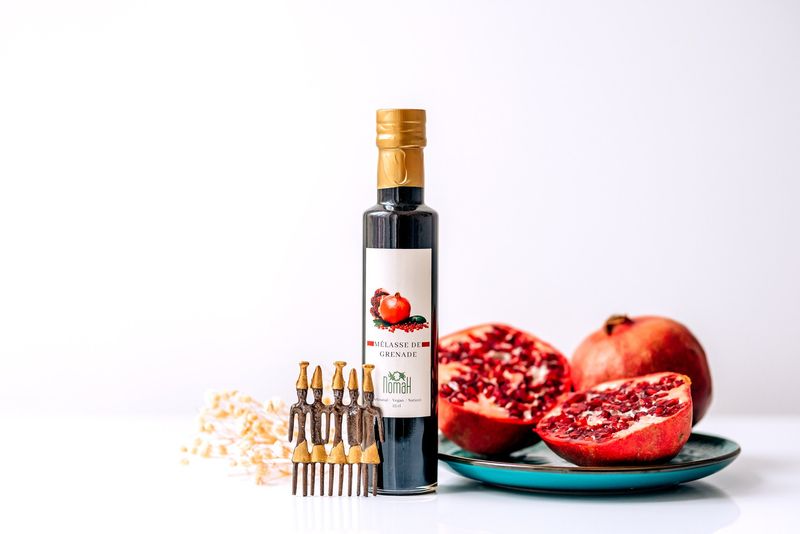
Tart yet sweet, pomegranate molasses is a versatile ingredient that brightens many dishes. Its syrupy texture and tangy flavor make it a favorite in salads, marinades, and desserts.
Drizzle it over roasted vegetables to add a unique twist, or mix it into cocktails for a refreshing zing. With each drop, you embrace the essence of Middle Eastern flavor, where pomegranates symbolize prosperity.
This delightful molasses not only tantalizes the taste buds but also tells a story of ancient orchards where these ruby fruits thrive.
Preserved Lemons
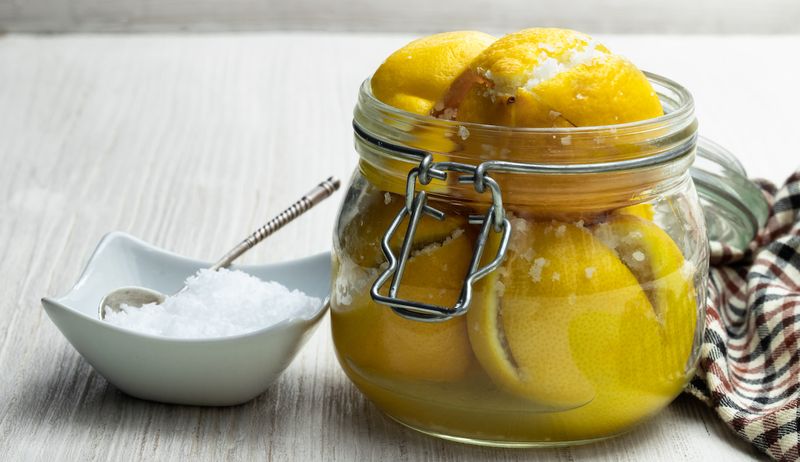
With a burst of tangy flavor, preserved lemons bring a unique citrusy punch to any dish. Their soft, briny texture adds depth to stews, tagines, and salads.
The process of preserving them in salt and their own juices unlocks a distinct taste that’s both savory and refreshing. These lemons are a staple in Moroccan cuisine, where they reign supreme.
As you cook with them, you embark on a culinary journey, embracing the zest of the Mediterranean.
Halva
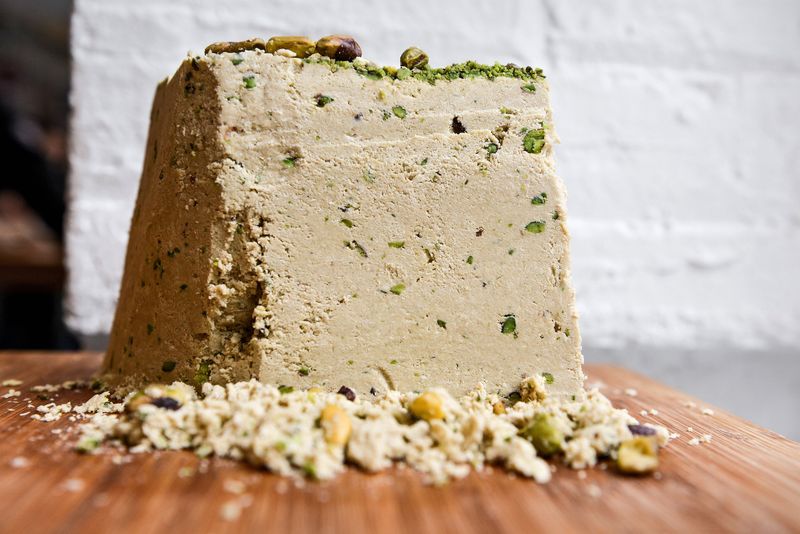
Sweet, nutty, and intriguingly textured, halva is a confection that tells a tale of Middle Eastern sweets. Made from sesame seeds and sugar, its crumbly texture melts in the mouth, leaving a rich, lingering taste.
Whether plain or combined with nuts and chocolate, halva is a delightful treat. Each bite invites you into a world of tradition and celebration, perfect for sharing or indulging alone.
This ancient dessert is more than just a sweet; it’s a cultural treasure passed through generations.
Labneh
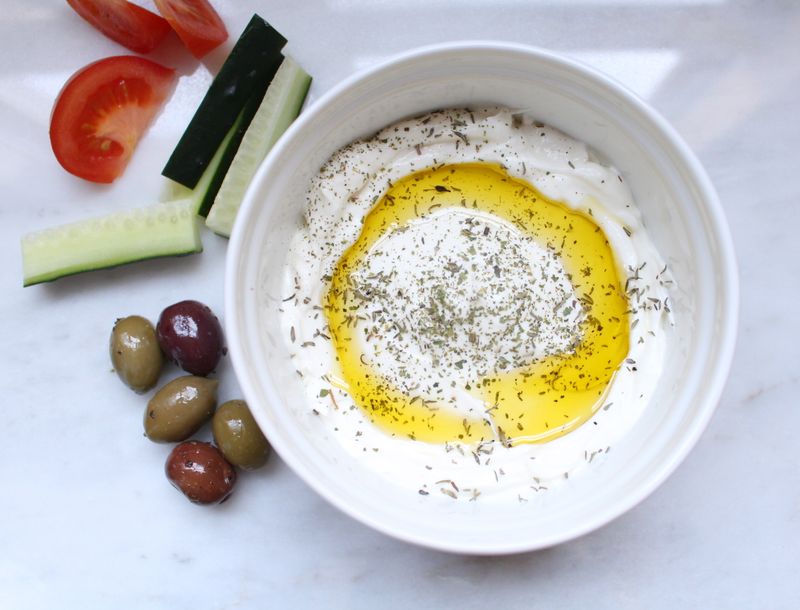
Labneh, a creamy strained yogurt, stands out for its rich texture and tangy flavor. As a staple in Middle Eastern diets, it’s both a dip and a spread, often seasoned with olive oil and herbs.
Spread it on fresh pita, pair it with olives, or use it as a base for sauces. Each spoonful is a taste of the Mediterranean, offering freshness and a touch of sophistication.
Labneh transforms ordinary meals into flavorful experiences, connecting you to the heart of Middle Eastern hospitality.
Rose Water

Rose water captures the floral essence of the Middle East, an aromatic ingredient used in both culinary and beauty rituals. Its subtle taste enhances desserts like baklava and rice pudding.
Beyond the kitchen, rose water soothes skin and refreshes the senses, turning ordinary routines into luxurious experiences. The fragrance whispers of ancient gardens, where roses bloom endlessly.
Incorporating rose water into your life adds a touch of elegance and romance, a simple pleasure with a rich history.
Sumac

With its vibrant red hue and tangy flavor, sumac is a spice that brightens dishes with a citrusy kick. Often sprinkled on salads, meats, and rice, it offers a zesty alternative to lemon.
This ancient spice has long been used in Middle Eastern cooking, admired for its ability to enhance flavors without overpowering them. Each pinch of sumac connects you to culinary traditions that span centuries.
Sumac’s versatility makes it a must-have for adventurous cooks eager to explore new taste horizons.
Tahini
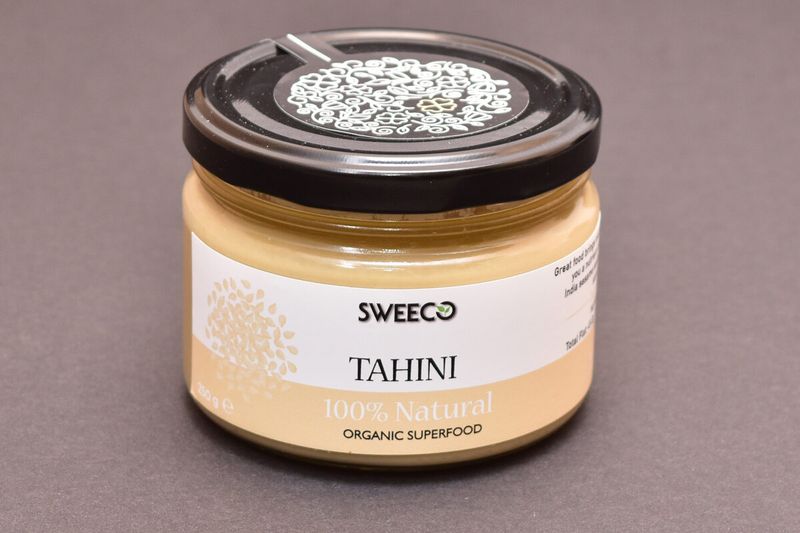
Tahini, a creamy sesame paste, is essential in Middle Eastern kitchens. Its nutty flavor enriches dishes like hummus and baba ghanoush, while its thick texture offers culinary versatility.
Besides savory recipes, tahini pairs well with sweet treats, adding depth to cookies and cakes. This simple paste carries the essence of sesame, a seed cherished throughout history.
Having tahini in your pantry opens doors to traditional and innovative cooking, blending the old with the new.
Freekeh
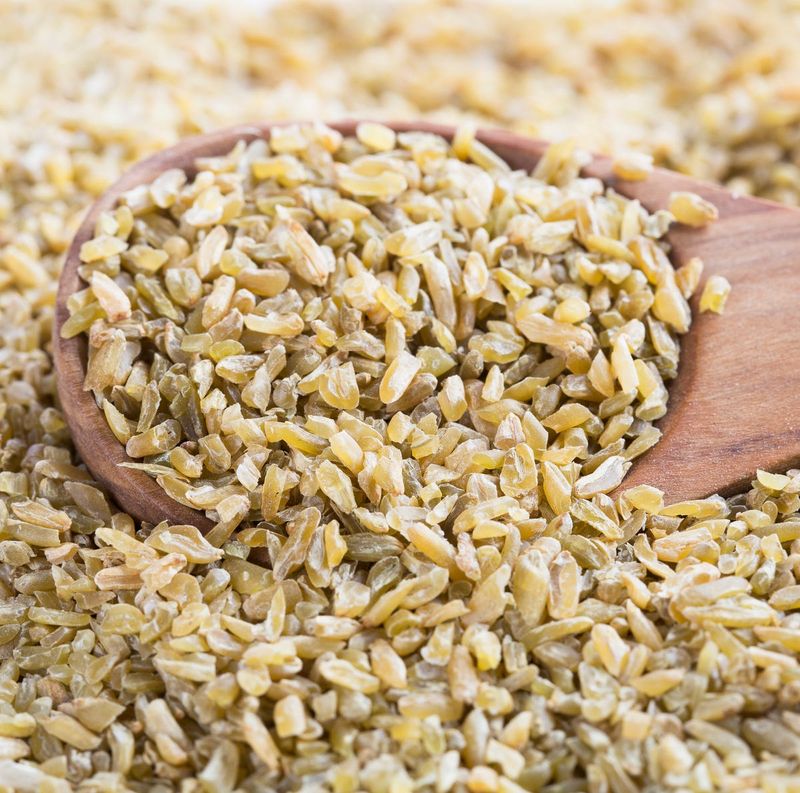
Freekeh, a roasted green wheat, offers a smoky flavor and chewy texture that’s both satisfying and nutritious. Rich in fiber and protein, it’s a favorite in pilafs, soups, and salads.
This ancient grain, harvested while young, retains its nutritional value and flavor, making it a healthy choice for modern kitchens. Each grain tells a story of traditional farming.
Including freekeh in your meals provides a wholesome taste of the Middle East, combining health with heritage.
Saffron
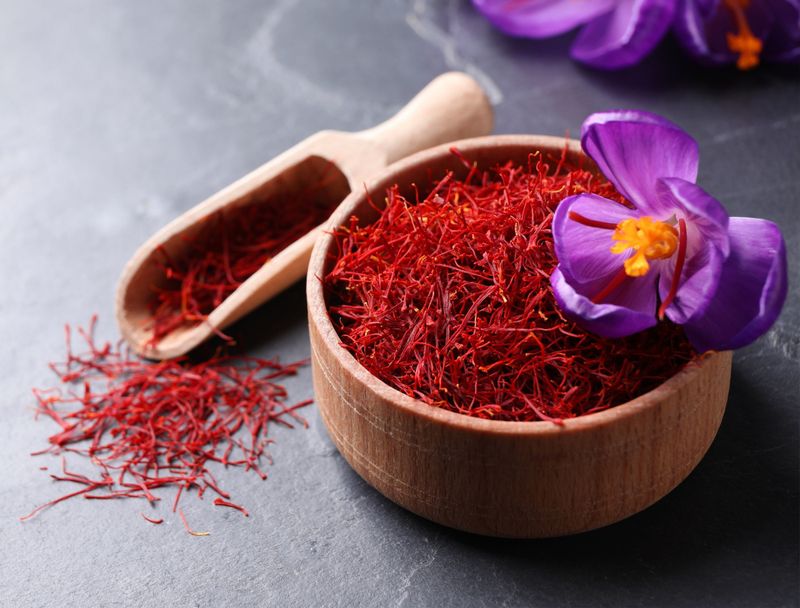
Saffron, the world’s most precious spice, is known for its golden hue and unique aroma. Just a pinch transforms dishes like rice and desserts into luxurious culinary experiences.
Hand-harvested from crocus flowers, saffron threads symbolize wealth and celebration. Its delicate flavor and color elevate Middle Eastern cuisine to an art form.
Incorporating saffron into your cooking adds a touch of elegance and indulgence, celebrating the rich flavors of the region.
Date Syrup

Date syrup, a natural sweetener, embodies the rich flavors of the Middle East. Its dark, molasses-like consistency brings depth to desserts and savory dishes alike.
Drizzle it over pancakes or use it in marinades; date syrup adds a unique sweetness that’s both complex and satisfying. Each drop connects to ancient traditions where dates are cherished gifts.
Explore the versatility of date syrup, a treasure trove of flavor that enhances both modern and traditional recipes.
Harissa
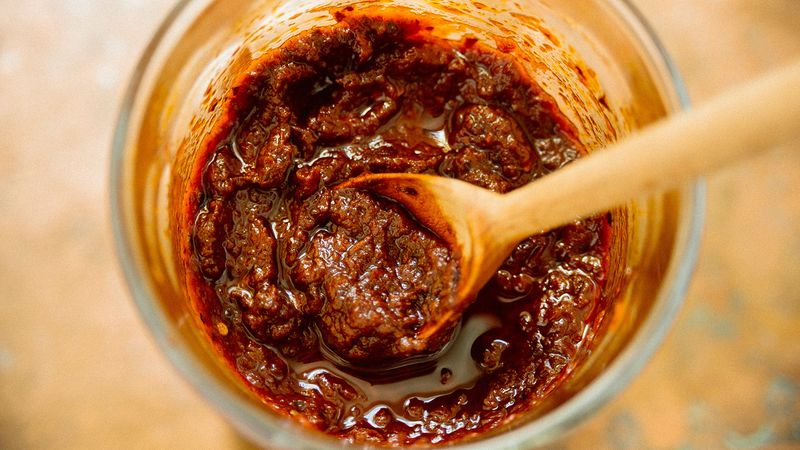
Harissa, a fiery chili paste, ignites dishes with its bold flavor. Made from red chilies, garlic, and spices, it’s a staple in North African and Middle Eastern cooking.
Add it to stews, couscous, or even sandwiches for a burst of heat and complexity. Harissa’s vibrant taste echoes the spirited nature of the region’s cuisine.
This paste offers more than heat; it’s an invitation to explore the rich tapestry of flavors that define Middle Eastern culinary adventures.
Leave a comment